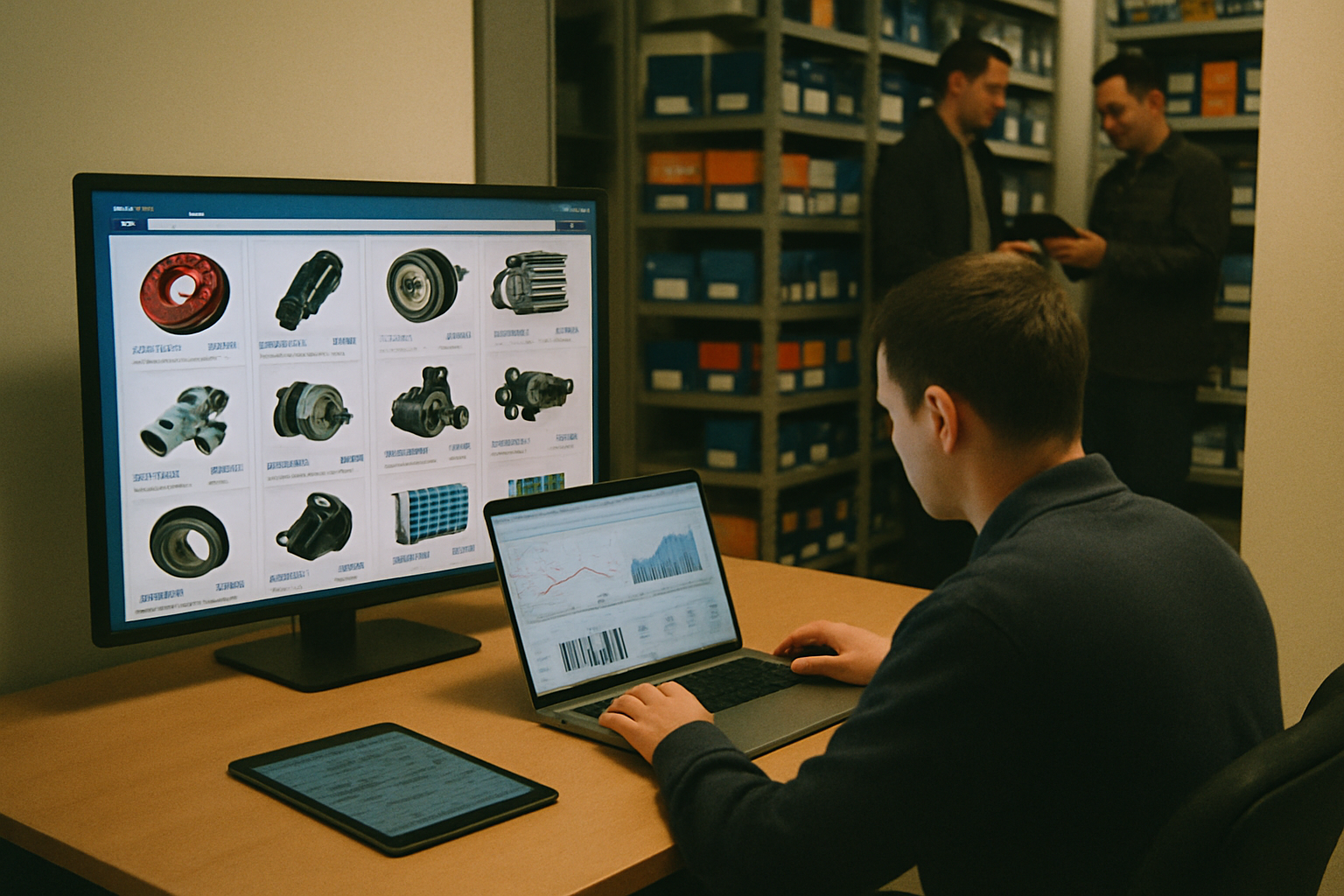Digital transformation is reshaping the way auto parts and aftermarket services are marketed in Brazil and Latin America. What used to be an essentially physical market, with printed catalogs and phone negotiations, now operates with real-time inventory updates, price automation, and digital platforms connecting brands, distributors, and workshops in just a few clicks.
This movement has gained momentum not only due to the growth of e-commerce in general — which, according to the Global Payments Report by Worldpay from FIS, grew 20% in 2023 and is expected to grow another 55.3% by 2025 — but also due to structural changes within the automotive sector itself. The aging vehicle fleet in Brazil, for example, has increased the demand for replacement parts, pushing manufacturers and distributors to seek new ways to reach end consumers.
From the counter to the cloud
The digitization of sales channels is not limited to creating an online store. Automotive companies have invested in solutions that integrate management systems, digital catalogs, and specialized marketplaces. One example is Mercado Livre, which reported a 63% growth in online auto parts sales in 2021 across Latin America. The platform has established itself as one of the main sales channels for the segment, connecting thousands of buyers and sellers across the continent.
With digitization, distributors can update prices and inventory in real-time, reducing operational errors and avoiding supply chain disruptions. In addition, sharing digital catalogs with commercial networks allows for more precise portfolio management, facilitating the search for the best part option — especially for workshops and retailers who need agility in customer service.
Real examples of transformation
Several players are already reaping the benefits of this change. Manufacturers that previously relied exclusively on local resellers now reach workshops in other regions with ease, and distributors automate processes such as dynamic pricing and inventory synchronization across multiple channels.
A practical example is companies using platforms like Alephee, specialized in the auto parts sector. These solutions allow for digitizing and sharing catalogs with partner networks, centralizing order management, and obtaining detailed performance reports by channel — all without losing control of the business.
Direct impact on the front line
Digitization benefits not only large manufacturers. At the front end, mechanical workshops, retailers, and end buyers also gain. They have more options, more technical information available, and can compare prices and delivery times in just a few minutes — something unimaginable a few years ago.
Furthermore, the ability to view images, check compatibility, and even watch installation videos in the listing increases purchase confidence and reduces returns, which used to be a challenge for the sector.
An expanding market
The trend is that digital sales of auto parts will continue to grow. According to a McKinsey & Company study, the global auto parts market is expected to double in size by 2040, moving around US$25 billion. To keep up with this pace, it will be essential for companies in the sector to invest in specialized solutions, understand digital consumer behavior, and structure increasingly connected and efficient processes. In this scenario, those who adopt digital transformation with a focus on usability, integration, and scalability are one step ahead — not only in sales but in building a sustainable business model, prepared for the sector's new challenges.












